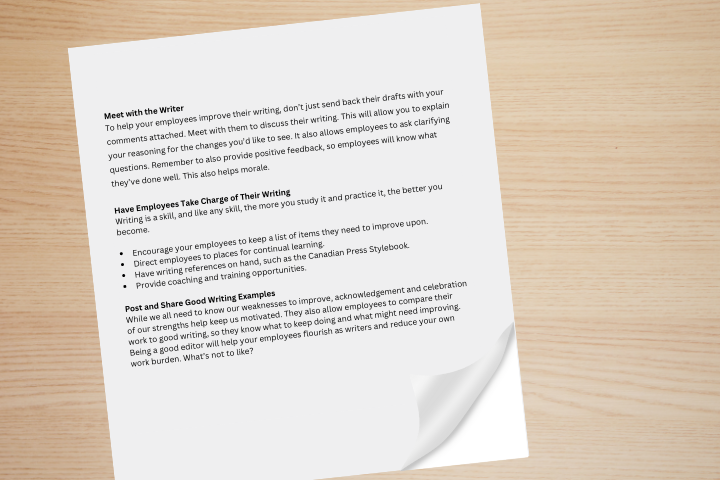
Not all writers are numbers people, and not all numbers people are writers. But they’re all readers. That’s why it’s crucial to communicate numbers and data in a way that everyone can understand and make sense of them. What do we need to know to ensure numbers and data are not only understood but also acted upon?
Making Math Matter
Our human brains are wired to comprehend smaller numbers and amounts more easily. The larger the number, the harder it is for our brains to grasp and remember it. After a grouping of three or four numbers, the brain only understands the amount as “a lot”. While math has advanced over time, but our brains haven’t caught up. However, our brains have evolved through language and storytelling. So to make math meaningful, you’ll want to weave it into a story and connect readers to the numbers.
To make numbers matter, translate them into easy and effortless information. One way to do that is by using perspective phrases. Using a perspective phrase will make the idea stick and help the reader relate to it.
For example: Kazakhstan is the ninth largest country in the world, covering an area of 2.725 million square kilometers.
How can this number make sense to the reader? By adding a phrase that states the total land area of Kazakhstan is equal to the area of five Frances.
Crafting Data Stories Intentionally
Since our brains process numbers better through storytelling, consider how to ensure your audience can feel the numbers and data rather than just reading or acknowledging them. How can a writer make data familiar? By getting close to the audience’s experience. This means taking time to analyze your readers and determine the core audience. Why should they care? What is at stake? If you’re presenting data to a larger group, create a persona that represents that group. Who is that one person? Write to them.
For example: In New Brunswick, a volunteer firefighter is eligible for a $3000 tax credit after completing 200 volunteer hours with the fire hall.
How can this fact better resonate with readers? By stating it this way: Two hundred volunteer hours equals five weeks of full-time, unpaid work.
Busting Misconceptions of Clear Data Design
Data is abundant and here to stay. Every day, businesses, governments, and all sorts of organizations rely on data and numbers for their decision making. However, the information from these numbers gets lost in overwhelming visuals. Writers have so many options when presenting data, but these options tempt them to overuse design tools, ultimately obscuring the most important features: the data itself. When designing your data, remember that:
- Readers don’t usually need the latest graphic design innovations. Traditional design continues to work effectively because people are used to it. Their familiarity with more common design allows readers to capture the data more easily and quickly.
- Sometimes, you can simply state a number for impact. Just because an important piece of data exists, doesn’t mean it needs intricate design.
- The appeal lies in the data, not the design. Making a dataset pretty or visually stunning might only please the writer, not the reader.
- Rules and guidelines exist in data design. Once a writer or designer knows these rules, they can afford to break them. Some rules are generalizations, while others are backed by research and science. For writers, this is the moment where we can also relate a quote by George Orwell: “Break any of these [writing] rules sooner than say anything outright barbarous.”
With all these thoughts in mind, what else should we, as writers, need to remember when we use numbers and data in writing?
- Use small, whole numbers when possible.
- Round up or down to simplify long sequences.
- Translate abstract numbers to concrete terms.
- Remember that clutter is the ultimate enemy in document design.
- Focus on the data, rather than overly emphasizing the design.
- Do everything you can to lessen cognitive load.








